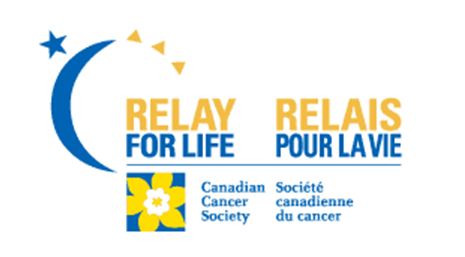Researchers Question whether Alcohol is Really Good for You
Mar 23, 2016
Tim Stockwell of UVic's Centre for Addictions Research said previous research has over-estimated the health benefits of alcohol. That honor now went to the "occasional" drinkers, who drink between one drink a year to three drinks per month.
Trump, Clinton aim to pad delegate lead in Western States
Mar 23, 2016
Clinton opened, warming up the crowd in Spokane before turning to the political March madness of the primary calendar. Claire McCaskill (D-Mo.). "If the contrast is now about what separates us from Donald Trump, then I think it's fine".
Syria regime digs in on Assad's fate as United Nations raises pressure
Mar 23, 2016
Hisham Marwa, who serves as a consultant in the HNC delegation, meanwhile told AFP Tuesday that any talk of leaving Assad in power is "absolutely unacceptable".
Photo Shows 3 Suspects in Brussels Attacks
Mar 23, 2016
ISIS has claimed responsibility for the bombings that struck the Belgian capital's airport and metro . After the attacks, the government raised the terror threat level to four, its highest.
Ohio OKs funding for Zika virus traps
Mar 23, 2016
Guillain-Barré syndrome (GBS) has been reported in patients with probable Zika virus infection in several countries. WHO Director-General Margaret Chan said new evidence is becoming clear daily about the mosquito-borne virus.
Apple could acquire PowerVR maker to bring GPU design in-house
Mar 23, 2016
This is a good time for Apple to look into snapping up the company, which has been running into problems this year. Imagination Technologies , for its part, has denied outright that there was any such M&A; plans to begin with.
Spieth back at his old college home for Match Play
Mar 23, 2016
This year, matches in the group play stage will be able to be halved, avoiding marathon sessions at that stage of the competition. All players are seeded based on their world ranking and seeds 1-16 will be the top seeds in their respective groups.
Spotify says it's reached 30 million subscribers
Mar 23, 2016
The streaming category includes subscription services such as Spotify , Apple Music and Jay Z's pet project Tidal . While revenues from ad-supported streams also grew in 2015, the RIAA did not think that was worth celebrating.
MMA Bill Passes NYS Assembly, Will be Legal This Year
Mar 23, 2016
Madison Square Garden is among the arenas that are mentioned by the bill's sponsors as potential host sites for competition. If the bill goes to the Assembly floor for a vote as expected, a majority - 76 votes - is needed in order to pass the bill.
Patriots owner Kraft seeks 'Deflategate' draft picks back
Mar 22, 2016
That's one every other year. "I think the game of football has never been safer than it is today", Kraft said. Besides the picks and suspension, the Patriots were also fined $1 million.
UK judge implores Madonna, Ritchie to settle custody dispute
Mar 22, 2016
Oh snap! Here's hoping this conflict will resolved itself by the time they hit the courtroom again this summer. Madonna and Ritchie director of " Lock, Stock and Two Smoking Barrels " married in 2000 and divorced in 2008.
Tyler Perry's 'The Passion' Earns Low Ratings for Fox
Mar 22, 2016
The live telecast Sunday, hosted by Tyler Perry, drew a meager 6.6 million viewers, according to the Nielsen ratings company.
Russia may amend its civil aviation rules after flydubai crash
Mar 22, 2016
He said that a sudden change in wind speed and direction could have caused the wings to abruptly lose their lifting power. The plane's pilot had circled the airport hoping the weather would clear, Russia's emergency minister said.
Concert Pianist's 2 Daughters Killed, Wife Stabbed in Texas
Mar 22, 2016
Kholodenko and Tsygankova married in 2010 but filed for divorce in November, according to court records obtained by local media. Kholodenko was scheduled to play with the Fort Worth Symphony Orchestra Friday night, but his performances have been cancelled.
Bernie Sanders Wins Democrats Abroad Global Primary Against Hillary Clinton
Mar 22, 2016
Appearing later Friday on CNN's "OutFront" with Erin Burnett, Clovis said "someone who would know" told him a contested convention is "not going to happen".

